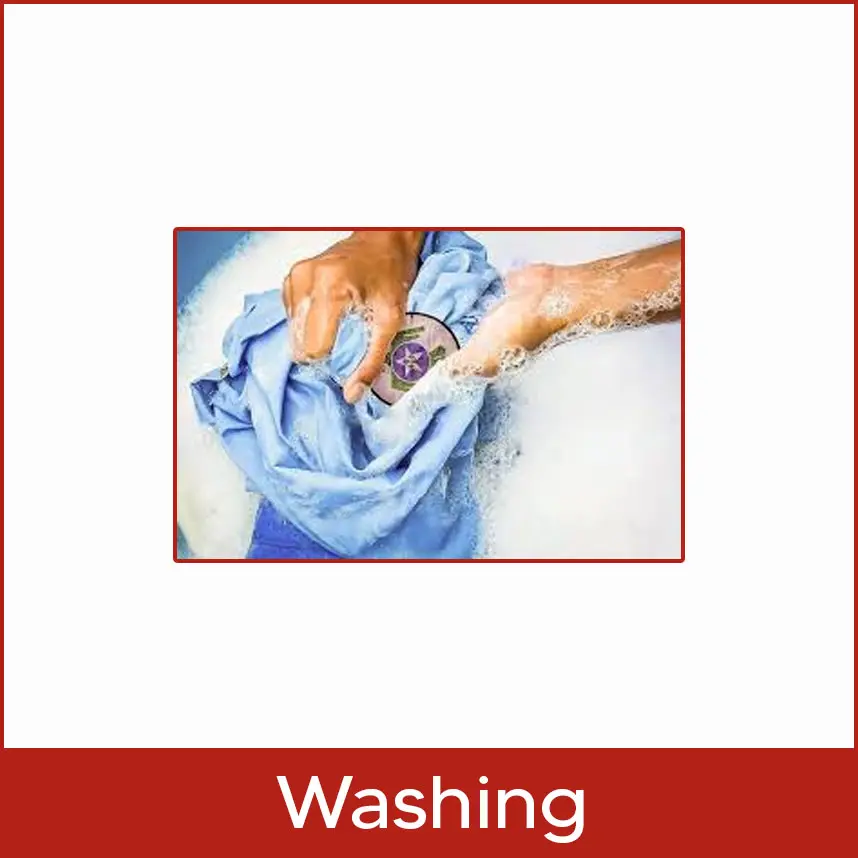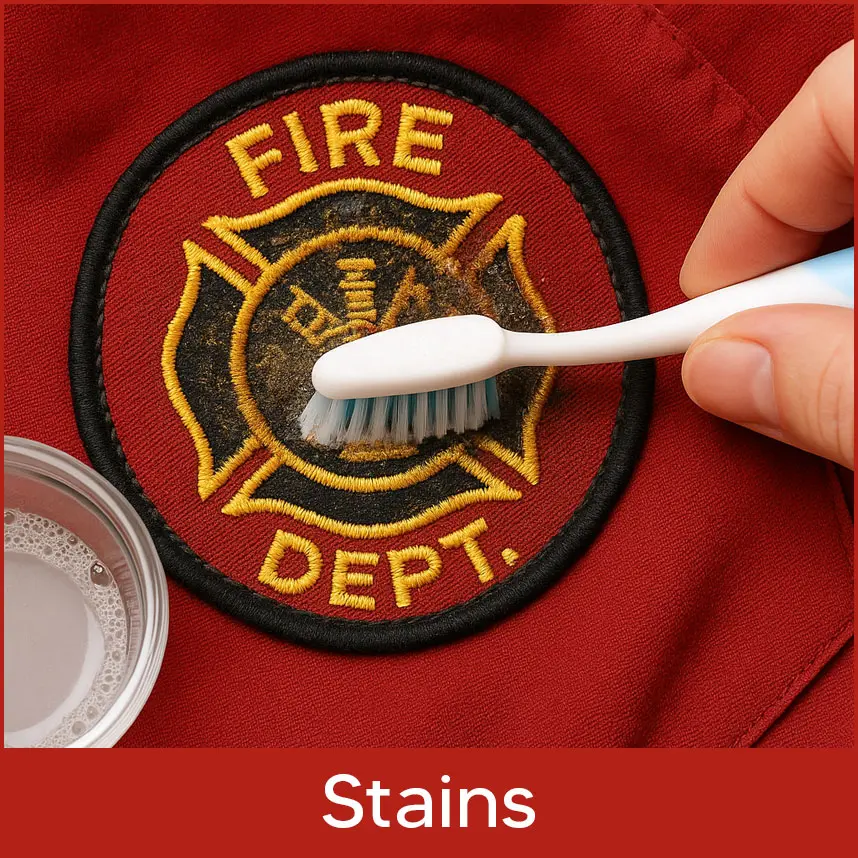
CARE INSTRUCTIONS FOR CLOTHING WITH EMBROIDERY/DIGITIZED PATCHES
Table Of Content
Laundry is part of everyday life, but some clothes need more care than others. If you have clothing with embroidery or digitized patches, you can’t treat them like regular garments. Special care is important to keep the embroidery looking sharp and lasting longer. Whether you wear embroidered uniforms for work or have custom designs for personal use, following the right washing and drying steps will help protect your investment.
Machine-embroidered designs are durable and long-lasting, often outlasting printed designs. But without proper care, even the best embroidery can fade, fray, or lose its shape over time. Knowing the right way to wash, dry and handle your embroidered items will keep them looking their best for years.
Patch Care
Patches that are sewn on can be washed, but it’s best to do it gently. Hand washing is the safest method to avoid pulling or damaging threads. If you use a washing machine, turn the garment inside out and close any zippers or fasteners that could snag the patch. Use cold water on a gentle cycle. Tumble dry on low heat or hang to air dry. For iron-on patches, be aware that the adhesive can weaken in the wash, so extra care is needed.
Washing

If you machine wash embroidered clothing, prepare it properly before putting it in the washer. Turning the garment inside out reduces friction on the threads. Always use cold water and a gentle cycle. Avoid chlorine bleach or brightening agents, as they can damage the colors. If bleaching is needed, use non-chlorine bleach according to the care label. For stubborn dirt, rinse first with lukewarm water then finish with cold water until it runs clear.
Stain

Before washing, check for stains on the patches. Uniforms for jobs like fire service or police work may pick up extra dirt. To remove stains, use a small brush (like a toothbrush), mild dish soap, and cold water. Gently scrub so you don’t push the dirt deeper into the threads. Pre-cleaning the patch will make it easier to wash and keep the embroidery looking neat.
Drying
Many embroidered garments can handle drying, but always use a low-temperature setting. High heat can shrink fabric or damage thread. To iron clothing with patches, place a thin cloth between the iron and the embroidery to protect the threads. This is especially important for metallic threads, which melt at lower temperatures.
Ironing Tips

Iron-on patches work best on cotton or denim because these fabrics can handle higher heat. Polyester, nylon, leather, or stretchy fabrics may burn or discolor under high heat. Always place a thin towel over the patch before ironing to prevent damage. This simple step helps keep the stitching smooth and the design intact.
Extra Care Tips
Store embroidered clothing in a cool, dry place away from direct sunlight to prevent fading.
Avoid soaking garments for long periods, as it can weaken adhesives.
If the patch starts to lift, reattach it with heat (for iron-on patches) or have it sewn back in place.
Final Thoughts
Taking the time to care for embroidered and patched clothing will help it stay beautiful and last longer. Turn garments inside out before washing, use gentle cycles, avoid harsh chemicals, and always protect the embroidery during ironing. These simple steps will keep your designs looking fresh and professional for years.
If you need embroidery digitizing services, Digitizing USA is here to help. We provide high-quality custom embroidery digitizing services in the USA at low prices with fast turnaround times. Whether you have a single order or bulk orders, we deliver designs that are ready for production and made to last.
Contact Digitizing USA today and let us create embroidery designs that make your clothing stand out.










